Underrated Italian Cities for 2022: Castelli Romani and Abruzzo

Anyone get out of their country last year? Anyone make it to Italy? If not, fear not. Italy is open for business again. All you need is proof of double vaccination and a negative Covid test. All you non-vaxxers? You must isolate here for five days. Better yet, just stay home. You’re not welcome.
For those deemed safe to travel and mingle, I’m offering my annual Underrated Cities in Italy list. This year’s list is a little different. I only traveled once north of Rome so this list is dominated by two of our favorite regions: Castelli Romani and Abruzzo.
It includes villages with quaint historical districts and towns with great beaches as well as breathtaking views. All have scrumptious food, and I listed my recommendations. If you like getting off the beaten path, this is a must read. Of the 10 towns listed, only three are in Lonely Planet.
So here is my list of Underrated Italian Cities 2022 (In alphabetical order. Where applicable, I included links to detailed blogs about the towns. Numbers don’t include 39 country code needed when dialed outside Italy.):
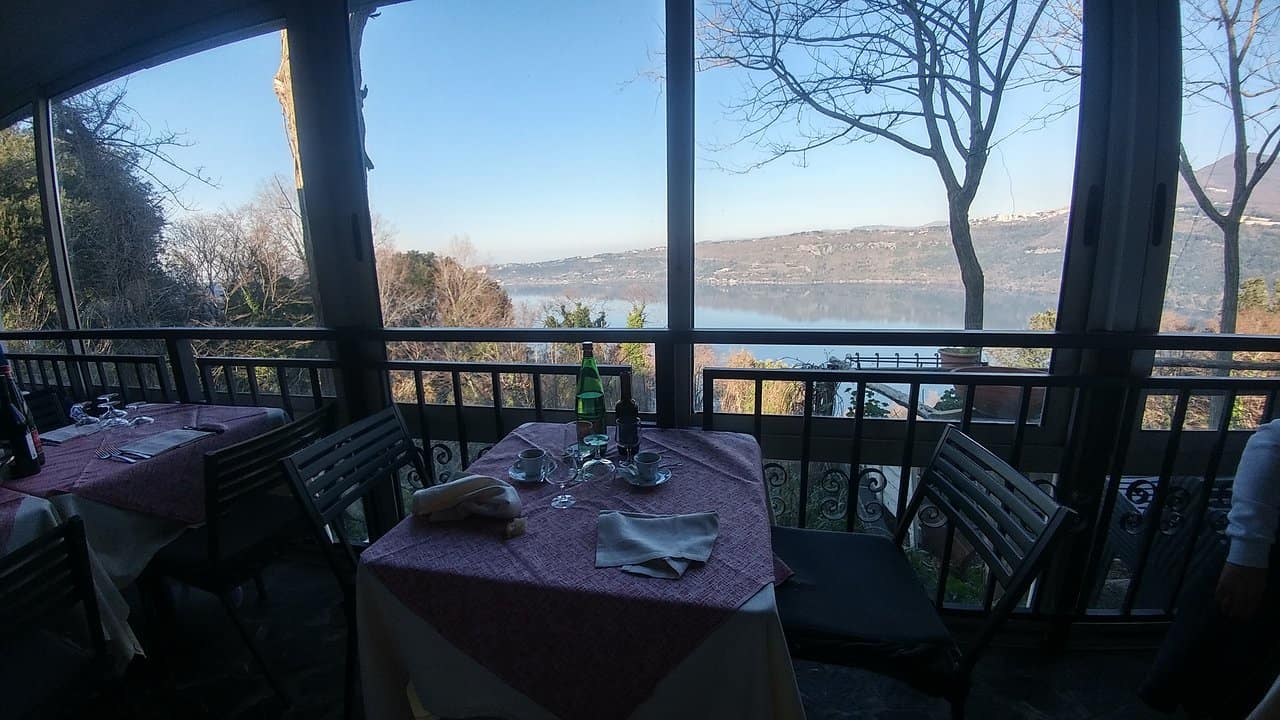
Albano Laziale (pop. 41,600)
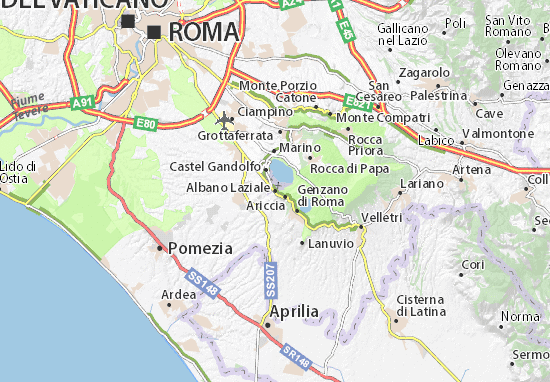
Most travelers who visit Lake Albano go to Castel Gandolfo, home of the pope’s summer residence. It made last year’s list. While it’s worthy of a visit, get off the beaten path by getting off the train one stop later at the town of Albano Laziale.
It doesn’t get near the crowds of Castel Gandolfo and it still has fantastic views of the lake. Albano Laziale was heavily bombed during World War II but today it’s a bright, cheery, affluent town of beautiful palaces, including the 13th century Savelli Palace. Emperor Constantine I came here in 326 A.D. to found the Albanese Cathedral dedicated to St. John the Baptist.
It’s no longer around but still standing is St. Paul’s, built in 1282.
Come up for a day trip and be sure to have lunch at Fratte Ignoranti (Viale Pio XI 45, 06-932-2770), a sprawling, casual restaurant with views of the lake almost as spectacular as their local dishes, such as polenta con salsiccia e pecorino (polenta with sausage and grated pecorino cheese).
How to get there: It’s a 45-minute train ride (3 euros) from Rome’s Termini Station.
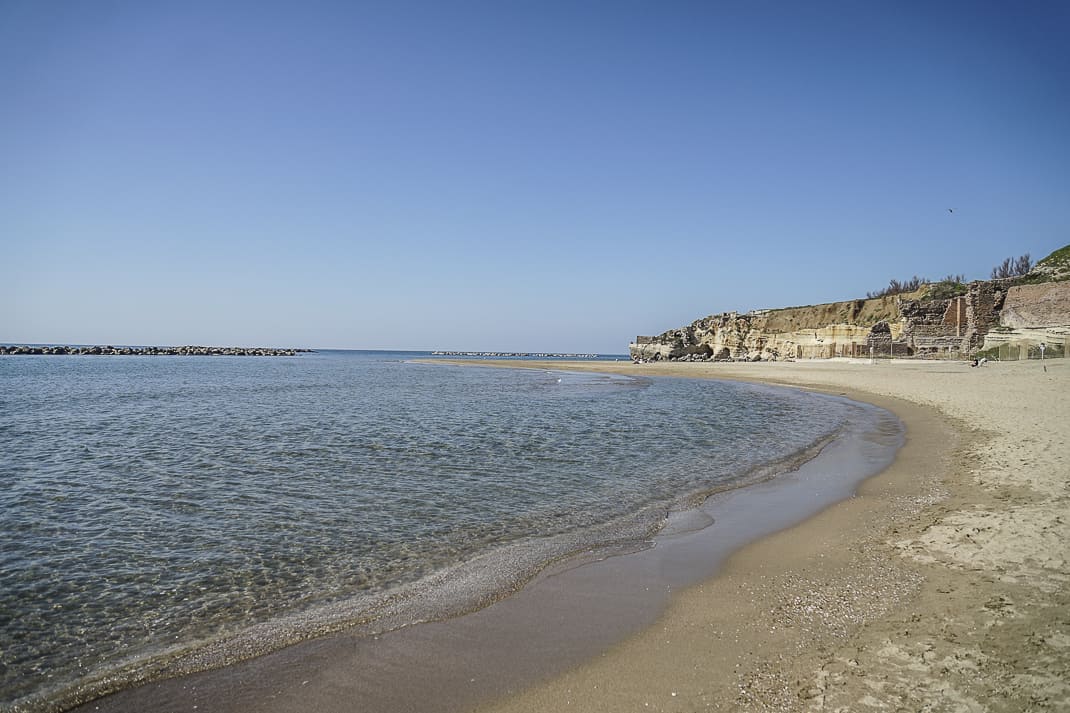
Anzio (54,000)
If you like history thrown into your beach vacation, Anzio is the perfect place. Located just a 45-minute drive south of Rome, its beaches on the Tyrrhenian Sea are the cleanest in the Rome area. The sand is void of rocks and it doesn’t get nearly as crowded as Lazio’s better known beaches such as Spoleto or Sperlonga.

You won’t have to go far to see the history that spans 2,000 years. Just turn over on your beach towel. There you’ll see the remains of Nero’s Villa, a 2.6-million-square-foot palace that stretched 800 meters along the beach and 300 meters inland. Nero was a lousy emperor but he knew how to throw a party.
Or you can walk 300 meters from the train station to the Museum of the Anzio Landing. It’s on these beaches where Allied Forces came in 1944 on their way to liberating Rome and, eventually, ending World War II. The crammed museum has everything from Nazi propaganda posters to photos of U.S. jeeps rolling through Rome to crates full of bullets.
To rest your brain or get out of the sun, dine at Ristorante Turcotto (Riviera Mallozzi, 39-06-984-6340) or Antonio al Porto (Via Molo Innocenziano 38, 333-540-2933), both on the water.
How to get there: Trains leave every hour from Termini. Trip takes one hour and costs about 4 euros.
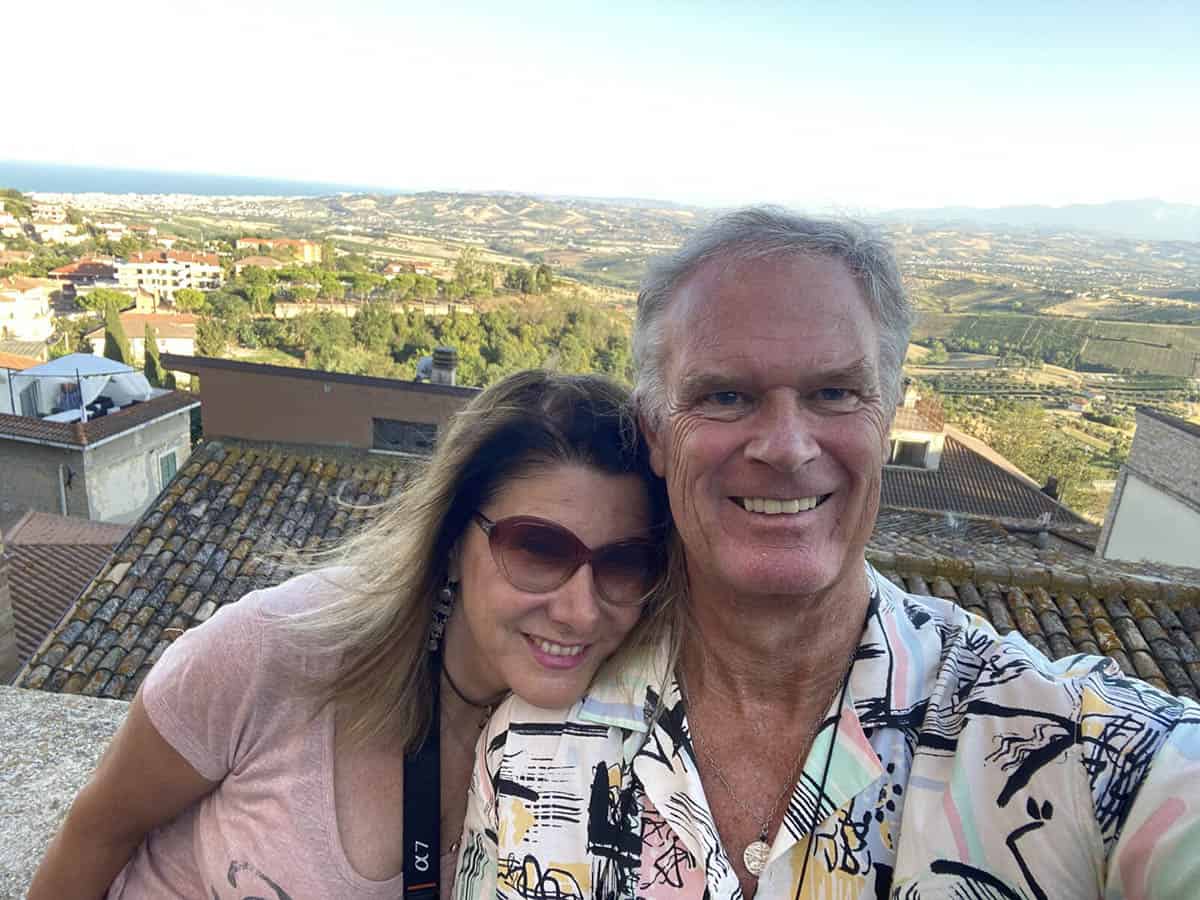
Colonnella (3,500)
If you come to Italy in the hot summer months and want off the beaten path, come to Abruzzo. If you want off the beaten path in Abruzzo, come to Colonnella. It’s a village on the Tronto River near the Marche border nearly 1,000 feet above sea level where cool winds come down from the surrounding mountains.

It’s a great spot to wander a nearly empty Italian village with beautiful scenery. Yes, there’s a charming old town with medieval and Renaissance buildings all around. But look at the views. You can see the Marche and Abruzzese countrysides as well as the Adriatic beyond. Off in the distance you can see Gran Sasso, the highest mountain in the Apennines at 2,912 meters, and on a clear day you can see Ascoli Piceno, a beautiful town in Marche 30 kilometers away.
It’s very quiet, even in August. Don’t expect to find souvenirs here. But it’s a good escape into true rural Italy and you cool off at the same time.
How to get there: Five buses a day leave Rome’s Tiburtina station for the town of Tortoreto (see below), 12 kilometers away. Take a taxi or, if you’re touring Abruzzo, it’s best to rent a car in Rome and drive the 4 ½ hours.

Corropoli (4,000)
There’s not a lot to see in Corropoli. It’s a quiet, residential village in the foothills above Tortoreto. Go just for lunch. Corropoli has a terrific agriturismo, which is an Italian farmhouse used as a hotel and restaurant.
Il Grillo is as authentic as it gets. We sat under a canopy with a stone floor and locals all around us spoke the Abruzzese dialect with big pitchers of local wine and slabs of local meats. It’s cheap and delicious.
For the antipasto be sure to order the Marche specialty of olive ripiene, olives stuffed with meat then deep fried. Then have the chitarra all’abruzzese, razor-thin, long pasta with big juicy chunks of beef in a tomato sauce and topped with a big basil leaf.
An antipasto, two main dishes and a half liter of wine were only 21 euros.
How to get there: See Colonnella and map above.

Lanuvio (13,600)
In the past I’ve covered Castelli Romani, the string of charming villages in the Alban Hills. However, I’d never been to Lanuvio until I stopped here on the way to the beach. It’s only 20 miles southeast of Rome and, like Colonnella, it’s 1,000 feet above sea level.

It’s a great place to cool off, especially by the huge Fontana degli Scogli, a fountain designed by Carlo Fontana, a student of famed sculptor Lorenzo Bernini.
The fountain is on one of the prettiest piazzas in rural Italy. The walled town was nearly leveled during World War II but the big piazza with the fountain as its anchor still has charm. It borders a 9th century stone tower and has access to porticos leading to little windy streets into town.
Enter one of the rough-and-tumble rosticcerie, small hot plate restaurants serving food over glass cases. Order some homemade lasagna and eat in the piazza.
If you’re in Lanuvio in June, hit the Lanuvio Music Festival which features every genre from jazz to grunge.
How to get there: Trains leave from Termini every half hour. The 40-minute ride costs 2.60 euros.
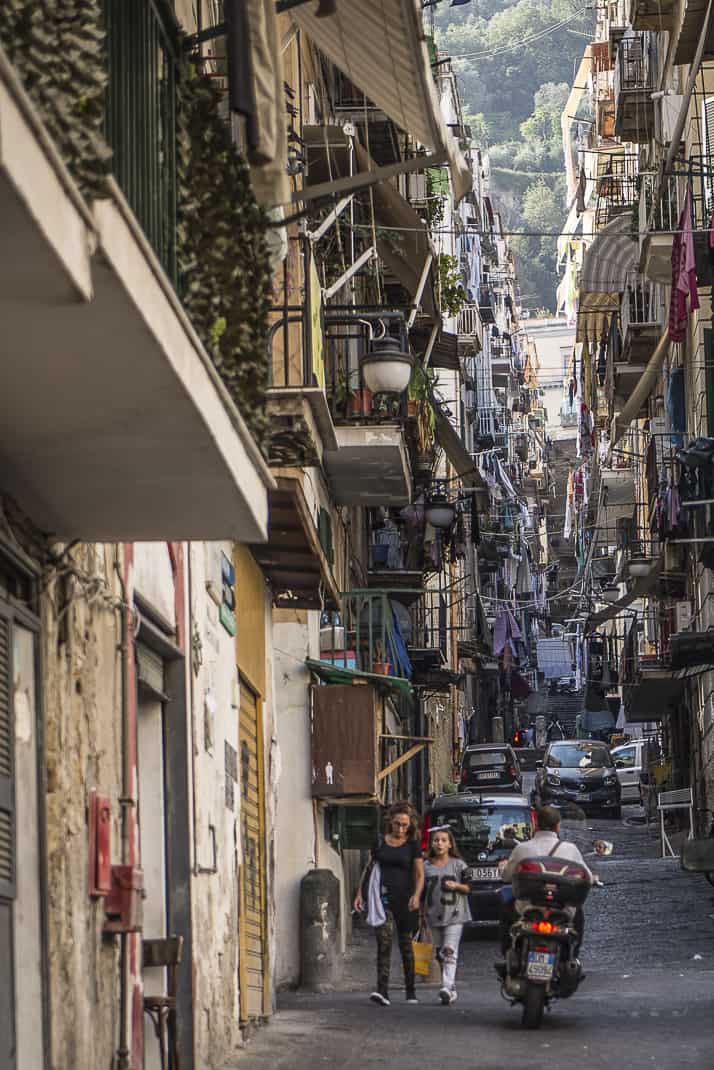
Naples (3 million)
Yes, Naples. I said 10 underrated not overlooked. Italy’s third-largest city gets a bad rap for its dirt, its chaos, its crime. People only stop for a pizza on their way to the Amalfi Coast or Capri. But Naples is worth an overnight stay or even a weekend.
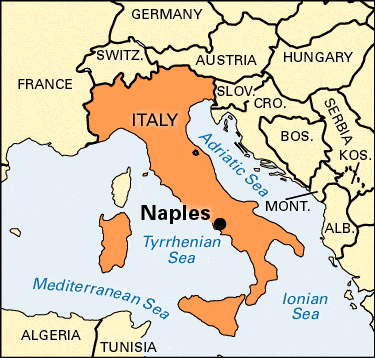
Just walk the streets and soak up the atmosphere, one of the most unique in Italy. No neighborhood in the country is more crowded than Naples’ Spanish Quarters. Nor does a neighborhood have more color: Streets so narrow neighbors can shake hands from balconies across from each other. Chickens hanging from their necks in butcher shops. People shouting at each other from three feet away. Men’s conversations always sound like they’re accusing each other of sleeping with each other’s wife.
The city was laid out 3,000 years ago by the Greeks which explains the close quarters. If you’re a fan of Elena Ferratte’s blockbuster four-book series, The Neapolitan Novels, go check out Rione Luzzatti, the poor neighborhood where her semi-autobiographical journey begins.
Also, check out the Naples Underground where 3,000 years of city history are unsheathed in a labyrinth of tunnels that just reopened last year.
Naples’ crime is overrated. Actually, according to the 2017 Crime Index, Naples was only the world’s 65th most dangerous city in the world, behind Townsville, Australia, and not even No.1 in Italy. Catania got that honor.
Just go to eat. Have a pizza at Da Michele (Via Cesdare Sersale 1, 081-553-9204), arguably Italy’s first pizzeria, or try cheap, authentic Neapolitan cuisine at Trattoria Da Nennella (Vico Lungo Teatro Nuovo 103/104/105, 081-414-338.)
How to get there: Trains leave all day from Termini. The price and times vary from 2 hours, 40 minutes for 12.65 euros to 1 hour, 12 minutes for 38.90 euros.
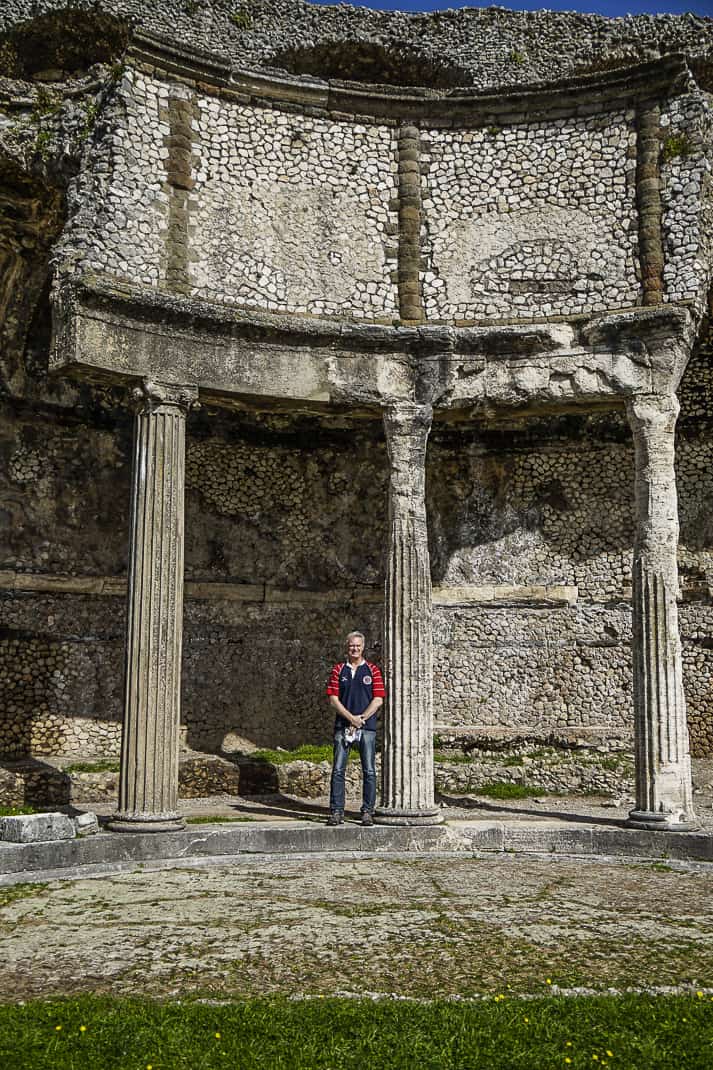
Palestrina (22,000)
Palestrina is a pleasant and easy day trip from Rome only 22 miles east of the city. This is a trip to Rome’s distant past. The town is the site of a massive temple dating back to 204 B.C. The Temple of Fortuna Primigenia is where new mothers took their infants to bless in an age when half the children didn’t live past 5.
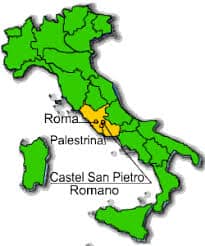
The temple consisted of terraces, steep staircases, a basilica, a meeting hall and two reservoirs. Much of the temple remains including three massive columns holding up a base where people walked. Above it is Chiesa di Santa Rosalia which dates back to 1043 and which has been destroyed and rebuilt twice.
The town’s highlight is the National Archaeological Museum, located above the temple remains, where you can find sculptures, remains of ancient funeral rites and a 20 x 13-foot mosaic of the flooding of the Nile that dates back to the 2nd century B.C.
The temple doesn’t get much traffic and the town even less. Go to the outskirts and eat at Casale Pepe’s (Via Quadrelle 26/28, 06-953-5029) covered patio. Try the gnocchi amatriciana, fat dumplings in typical Roman tomato sauce.
How to get there: Buses (not trains) leave from Termini every four hours. The hour-long ride is 4-5 euros. Change at San Cesareo.
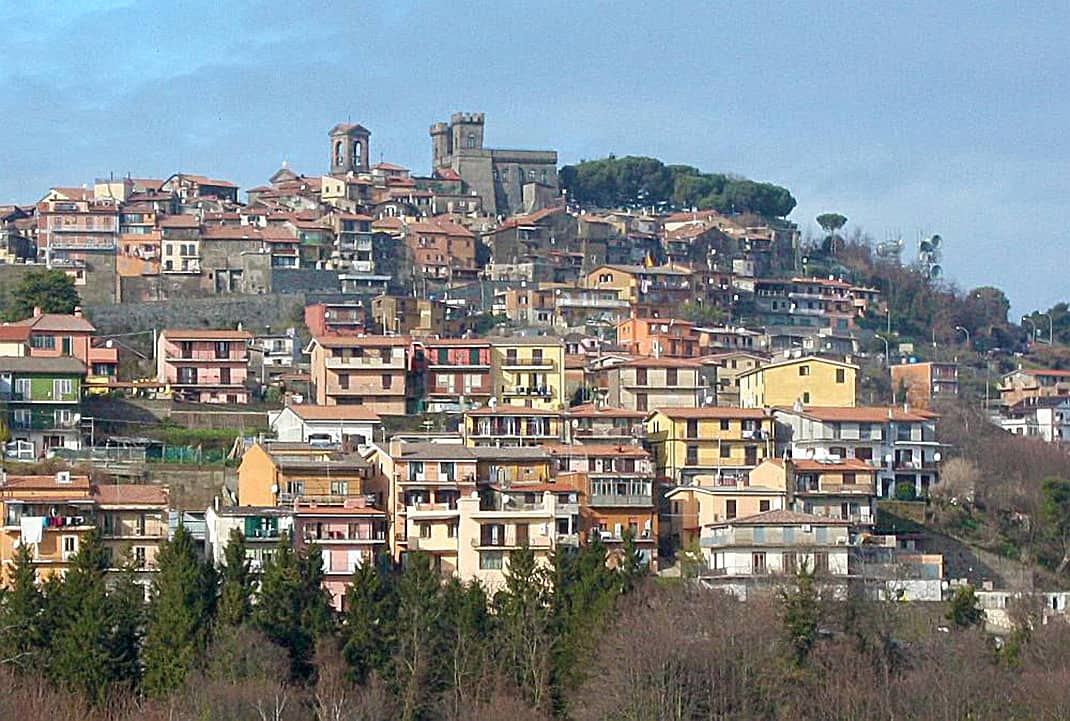
Rocca Priora (12,000)
This is the highest and oldest of the Castelli Romani villages. It sits at 768 meters and gets snow in the winter, which makes the elevated, walled city even more majestic.
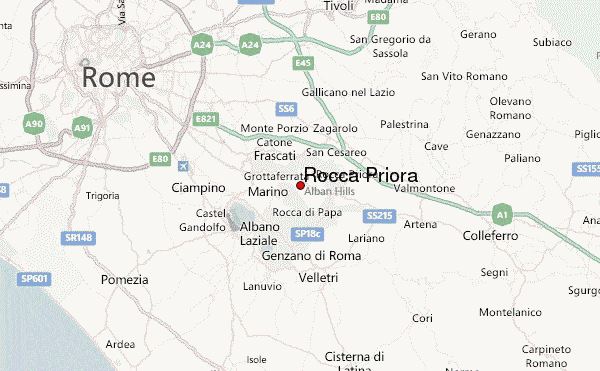
The town, which dates back to 500 B.C., is topped by the 11th century castle from which you can see Monte Gennaro (1,271 meters), the Prenistini mountain range and the Sacco Valley.
It’s another great village just to wander with much better views than historical sites. Be sure to eat at Sora Rosa (Via dei Castelli Romani 32, 06-947-0799), especially if you’re a carnivore. The sprawling restaurant features a blazing fire where they grill steaks of all cuts at reasonable prices.
How to get there: Trains leave from Termini every hour. The 45-minute ride costs under 10 euros. Change at Frascati.
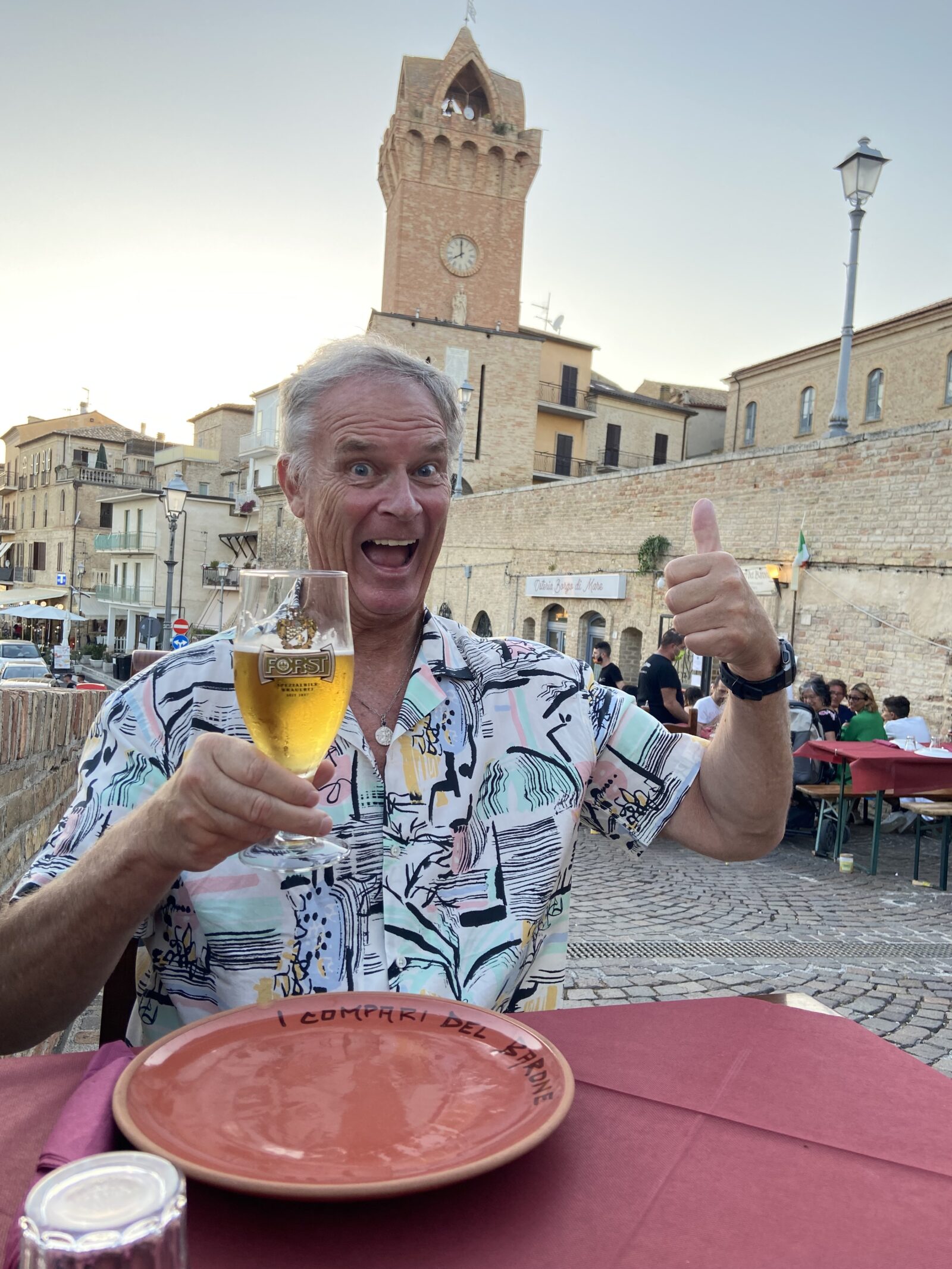
Tortoreto (11,500)
This was the nicest place we visited in Italy last year. We love Abruzzo and Tortoreto is its gem on the Adriatic. Tortoreto is 125 miles east of Rome and consists of two parts: Tortoreto Lido and Tortoreto Alto.
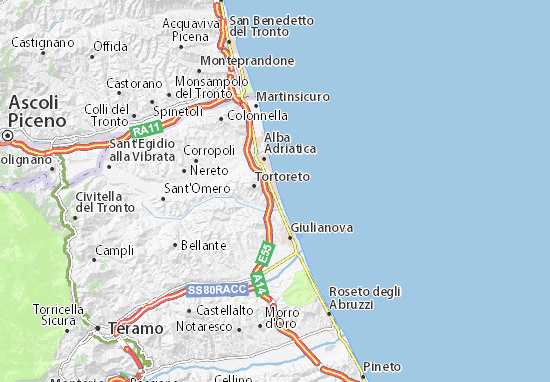
Tortoreto Lido is a 3-kilometer stretch of fine sand lined with lounge chairs. It gets very crowded in summer where they threw Covid caution to the four winds. But Tortoreto Lido is also part of an 80-mile bike path that is a great place for a sunset stroll. Stop off at one of the many beach bars where you can sip Motepulciano d’Abruzzo wine while looking at the Adriatic.
Tortereto Alto in the hills above has a lively village feel where at 785 feet it offers cool breezes during the summer months and great views of patchwork farmland and the Grand Mastiff, Central Italy’s highest mountain at 8,200 feet. Walk around the central square and choose from a dozen restaurants with views of the countryside. We liked I Compari del Barone (Via Terranova 7, 0861-788-786), which once hosted the partigiani resistance during World War II. Order the Abruzzese specialty: arrosticini (roast sheep on a stick).
Also stop at Terraviva winery for a wine tasting and don’t miss its Trebbiano white.
How to get there: About five buses daily leave Tiburtina Station to Tortoreto. The 4-hour, 15-minute ride is 7-11 euros. A five-hour train from Termini changes at Pescara and is 19-40 euros. The best option to explore the area is renting a car. Public transport from Alto to Lido is sketchy.
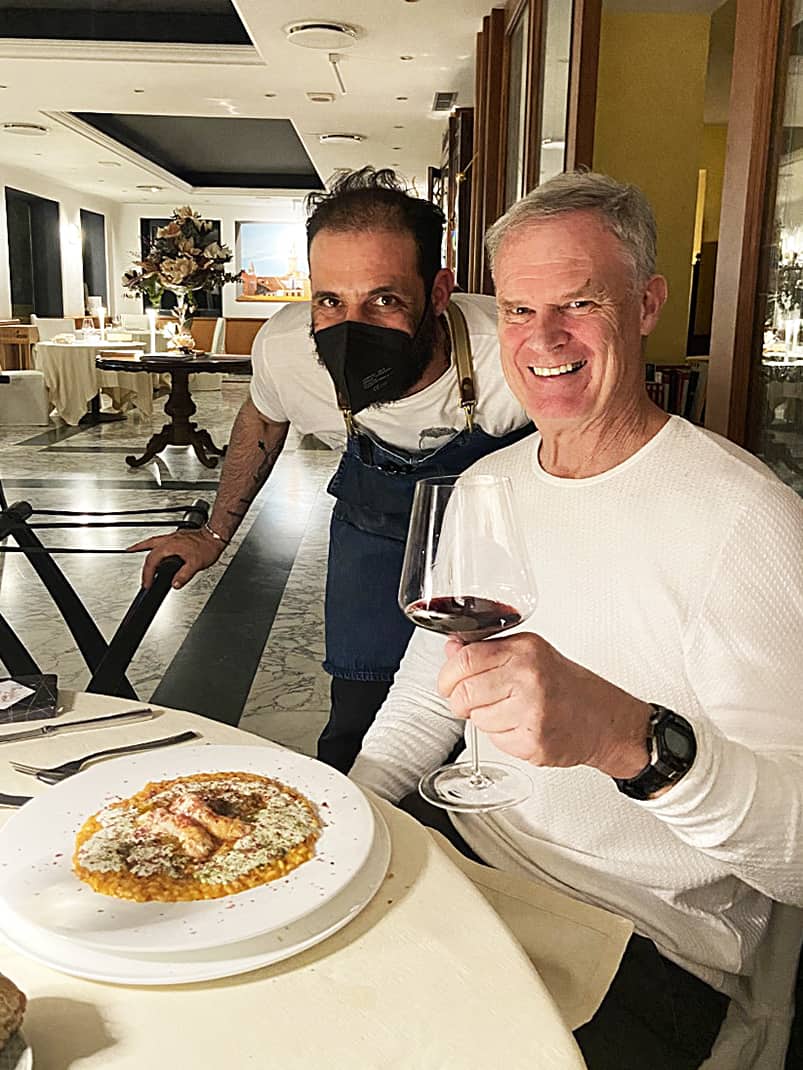
Vercelli (46,000)
This is the only town north of Rome that made this year’s list. It’s halfway between Milan and Turin and a quiet base if you want to explore both major cities. Vercelli is a leafy, tranquil town in the Po River Valley featuring seven towers, highlighted by Torre dell’Angelo which hovers over the charming old market square.
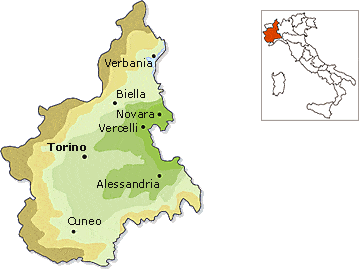
Check out St. Andrew’s Basilica, built in 1219 with its trademark twin towers and considered one of the most beautiful Romanesque monuments in Italy. Even older is the Vercelli Cathedral featuring paintings from Gaudenzio Ferrari, Gerolamo Giovenone and Bernadino Lanino, all Vercelli natives.
If you’re a risotto fan, Vercelli is a must stop. Vercelli is Italy’s rice capital and boasts the best risotto in the world. Try a variety of recipes at Christian & Manuel Ristorante, a Michelin-star restaurant in the modest Hotel Cinzia.
How to get there: Trains leave Milan every hour. The 50-minute ride costs 7.55 euros.


January 18, 2022 @ 10:54 pm
Good column as usual. I plan on flying to Rome in mid-February and staying through mid-March. I got my three shots and figure I might as well be walking around Rome (and vicinity) wearing my mask as walking round my home area wearing a mask. Besides the food is better in Italy. This will be my eleventh extended stay in Rome. I rent a nice apartment in Trastevere, overlooking Pz. San Cosimato. I’m 80 years old, in fairly good shape (hike about 15/20 miles a week in the local mountains). Sometime, someone needs to put together tips for old folks who want to go independently to Rome and its environs.
(BTW — Albano section, third sentence. “While” in lieu of “White.” I’m a retired English/folklore prof.)
January 18, 2022 @ 11:19 pm
Really enjoyed this post! Grazie. And, Dick – love your comment. Have a wonderful stay.
January 19, 2022 @ 11:59 pm
Dick, just love your enthusiasm and attitude!
As a person who is also advancing in years, your comments are totally inspiring and I’m not going to hang about and wait ( for what), any longer.
Great article John – On new places to check out.